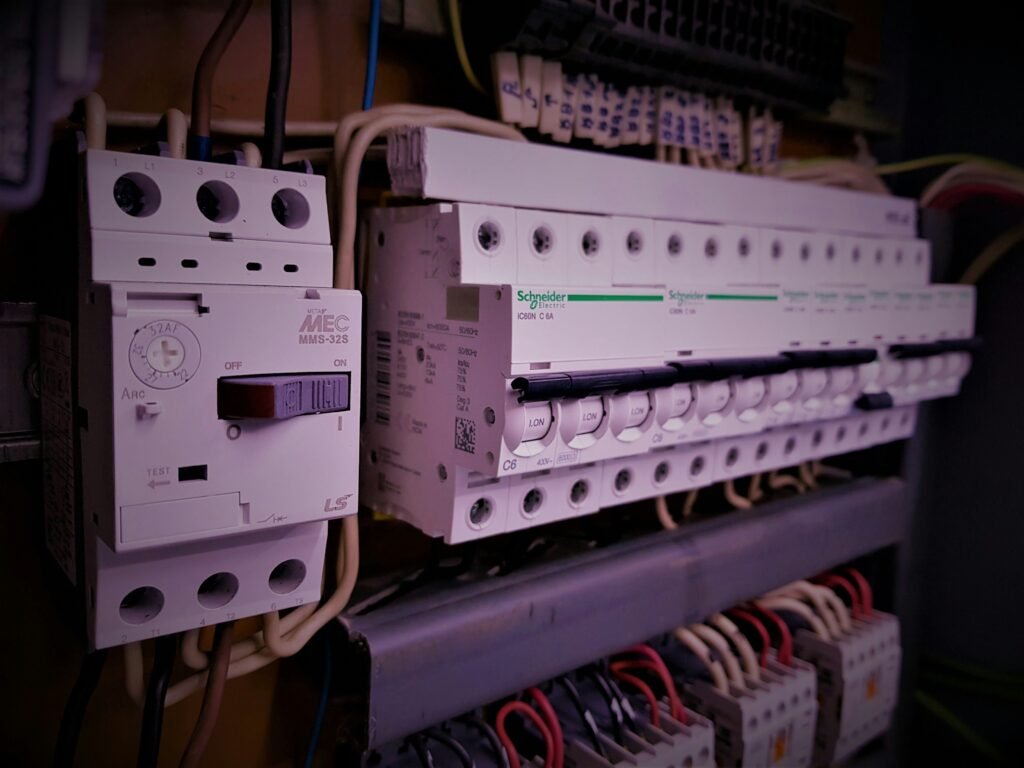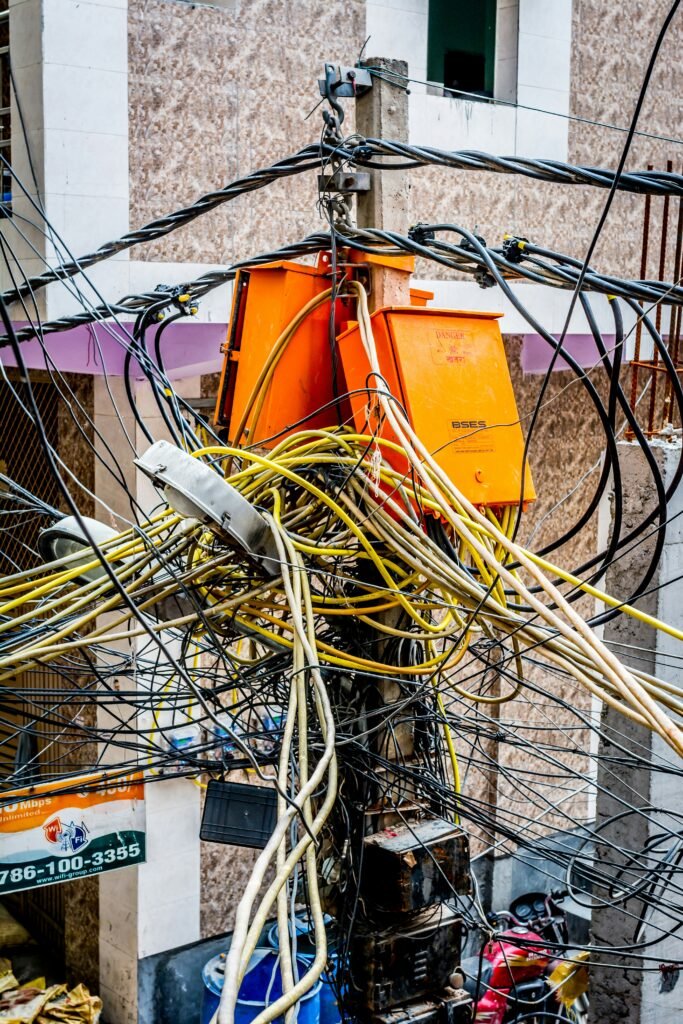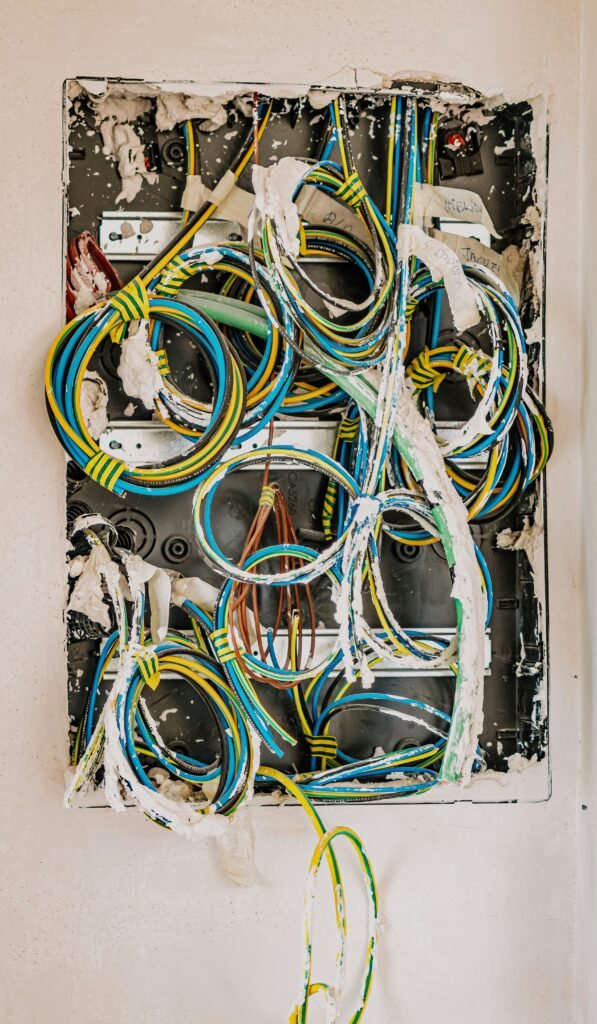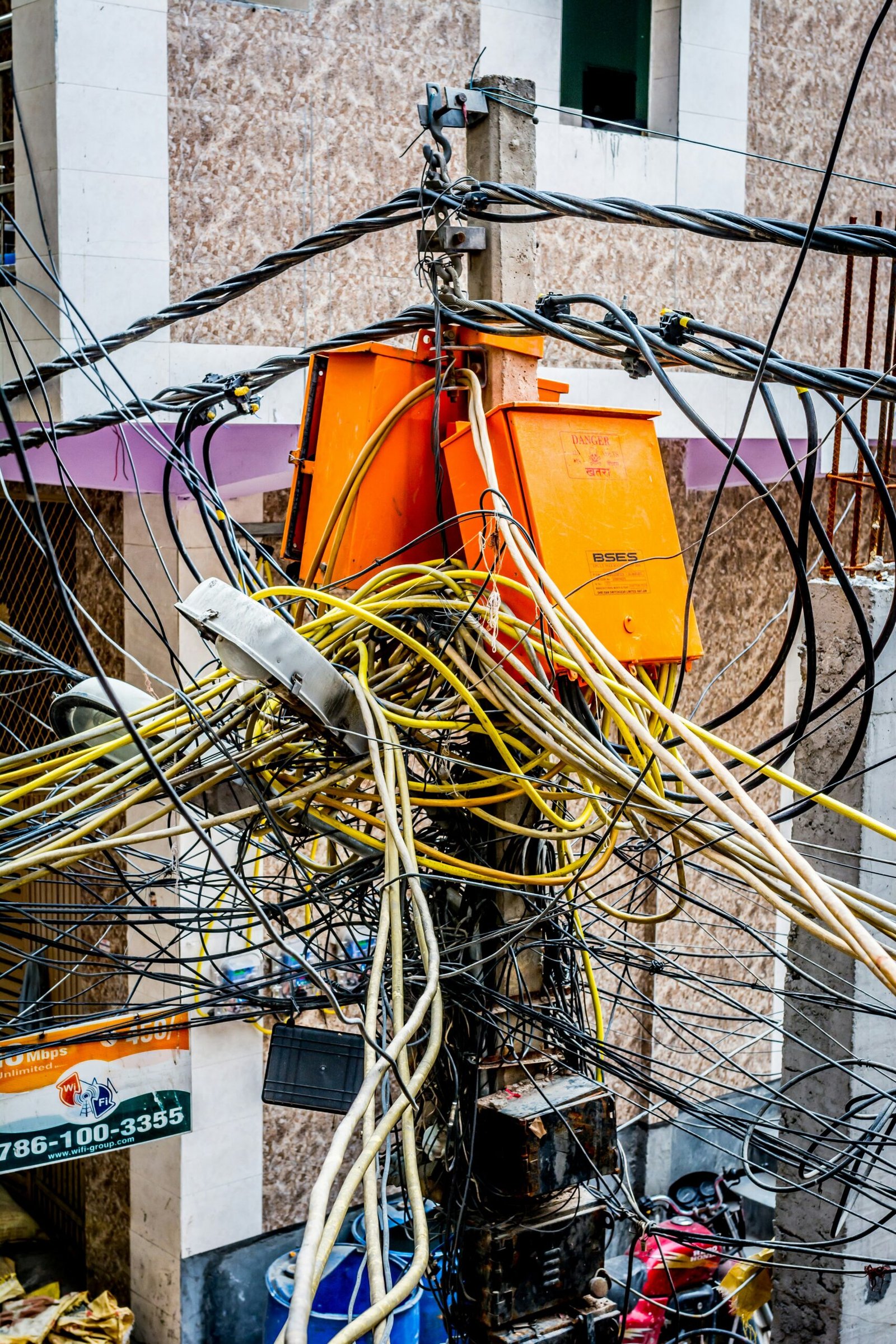If you’ve always dreamed of illuminating your kitchen island with stylish and functional lighting, but have been hesitant due to the intimidating process of wiring, fear no more. In this concise guide, we will walk you through each step of the wiring process, empowering you to bring your kitchen island lighting vision to life. Whether you’re a seasoned DIY enthusiast or a first-time electrician, this easy-to-follow guide will have you feeling confident and accomplished, as you transform your kitchen into the inviting and well-lit space you’ve always desired. So let’s get started on this illuminating journey!
Choosing the Right Lighting Fixtures
When it comes to choosing the right lighting fixtures for your kitchen island, it’s essential to consider the style of your space. The lighting fixtures you select should complement the overall aesthetic of your kitchen. If you have a modern or contemporary style, sleek and minimalistic fixtures with clean lines will work best. On the other hand, if your kitchen has a more traditional or rustic feel, you may opt for fixtures with a warm and classic design.
Consider the Style of Your Kitchen Island
The style of your kitchen island can greatly influence the choice of lighting fixtures. If you have a large, spacious island, you may want to consider installing multiple fixtures to provide adequate illumination. For a more intimate and cozy feel, a single large pendant or chandelier-style fixture can create a focal point above the island. Additionally, consider the height of your ceiling. If you have high ceilings, taller fixtures can help fill the vertical space and create a sense of balance.

This image is property of images.unsplash.com.
Determine the Number of Lighting Fixtures Needed
To determine the number of lighting fixtures needed for your kitchen island, consider the size and layout of the space. As a general rule of thumb, you should aim for one fixture per every two to two and a half feet of island length. This will ensure even and sufficient lighting across the entire area. However, if you have a longer island, you may want to install additional fixtures to avoid any dark spots. It’s always better to have slightly more lighting than not enough.
Decide on the Type of Lighting Fixtures
There are various types of lighting fixtures to choose from when it comes to illuminating your kitchen island. Pendant lights, for example, are a popular choice due to their versatility and ability to add a touch of class to any space. They come in various styles, sizes, and finishes, allowing you to customize your kitchen’s look. Chandeliers are another option that can create a dramatic impact, particularly in larger, open-concept kitchens. Recessed lighting is a more subtle option that blends seamlessly into the ceiling, providing ample illumination without detracting from other design elements.

This image is property of images.unsplash.com.
Gathering the Necessary Tools and Materials
Before you begin the wiring process, it’s important to gather all the necessary tools and materials to ensure a smooth installation.
Safety Precautions
Safety should always be a top priority when working with electrical wiring. Make sure to turn off the power to the designated circuit before starting any work. Additionally, wear protective gloves and goggles to prevent any injuries.
Gather the Tools
To successfully wire your kitchen island lighting, you’ll need a few tools. These include a voltage tester to ensure the power is off, wire cutters and strippers, a drill with appropriate bits for drilling holes, a screwdriver, pliers, and a staple gun or cable clips for securing the wiring.
Collect the Materials
Along with the tools, you’ll also need some materials. This includes electrical cables, junction boxes, wire nuts or connectors, light fixtures, and switches if you’re incorporating them into your design. Make sure to purchase cables and other materials that meet the necessary electrical codes and requirements.
Preparing the Wiring
Before you can begin running the electrical cables, you need to make sure that the power to the designated circuit is shut off to avoid any accidents.
Shut Off the Power
Locate your electrical panel and switch off the corresponding circuit breaker for the kitchen island. It’s crucial to verify that the power is indeed off by using a voltage tester before continuing any work.
Locate the Electrical Panel
The electrical panel is usually located in a basement, utility room, or garage. Look for a metal box housing various switches or circuit breakers. Each switch or breaker should be properly labeled to indicate which areas or appliances they control, including the one for your kitchen island.
Identify the Circuit for the Kitchen Island
Once you’ve located the electrical panel, identify the specific circuit breaker that powers your kitchen island. This will ensure that you’re working with the correct electrical circuit and prevent any accidental disruptions to other areas of your home.
Test the Circuit to Ensure It’s Off
After shutting off the corresponding circuit breaker, use a voltage tester to double-check that the power is indeed off. This additional step adds an extra layer of safety and minimizes the risk of working with live electrical wires.

This image is property of images.unsplash.com.
Running the Electrical Cables
With the power safely shut off, you can now start running the electrical cables for your kitchen island lighting.
Plan the Cable Routes
Before you start running the cables, it’s crucial to plan the routes they will take. Consider the shortest and most practical paths while ensuring they remain hidden and do not obstruct any other components in your kitchen.
Measure and Cut the Electrical Cables
Measure the required length of electrical cables for each lighting fixture. Use wire cutters to carefully cut the cables to the appropriate size. Ensure that each end is properly stripped to expose the necessary amount of wire for connection.
Drill Holes for Cable Passages
If your cables need to pass through walls or ceilings, use a drill with the appropriate drill bit size to create holes for the cables. Take caution not to damage any existing wires or structures during this process.
Run the Cables in the Ceiling or Wall Cavities
Carefully run the electrical cables through the designated paths, ensuring they are securely positioned in the ceiling or wall cavities. Be mindful of any existing wires, plumbing, or ductwork, and avoid creating any unnecessary holes or obstructions.
Secure the Cables with Staples or Clips
To prevent the cables from moving or potentially coming loose, use staples or cable clips to secure them to the ceiling or wall surfaces. This will help maintain a neat and organized appearance while also providing additional support.
Installing the Junction Boxes
Junction boxes are essential for safely housing and connecting the electrical wires for your kitchen island lighting fixtures.
Determine the Number and Size of Boxes
The number and size of junction boxes you’ll need depend on the number of lighting fixtures you plan to install. Each fixture should have its own designated box to ensure proper containment and prevent any electrical hazards.
Select the Appropriate Box Types
There are various types of junction boxes available, such as metal or plastic boxes. Choose the box material that best suits your project requirements and complies with electrical codes and regulations.
Mount the Boxes
Carefully mount the junction boxes in the desired locations according to your lighting design. Use appropriate fasteners, such as screws or nails, to secure them to the ceiling or wall surfaces. Ensure that the boxes are level and firmly attached.
Connect the Cables to the Boxes
Once the junction boxes are securely installed, connect the electrical cables to the appropriate box connections. Follow the manufacturer’s instructions and make sure to match the correct wires together using wire nuts or connectors. Double-check that all connections are tight and secure.
Wiring the Light Fixtures
After completing the junction box installation, you can now wire the light fixtures to the electrical system.
Read the Manufacturer’s Instructions
Before proceeding, carefully read and understand the manufacturer’s instructions for each light fixture. Pay attention to any specific wiring or installation requirements to ensure a successful and safe connection.
Connect the Wires in the Ceiling Boxes
Inside the junction boxes, connect the wires from the electrical cables to the corresponding wires for the light fixtures. Match the color-coded wires together, typically black to black, white to white, and green or copper to green or copper. Secure the connections with wire nuts or connectors.
Install the Light Fixtures
With the wiring complete, carefully install the light fixtures onto the mounting brackets or hardware provided. Follow the manufacturer’s instructions and ensure that the fixtures are securely attached. Double-check that all electrical connections remain tight and properly insulated.
Connecting the Switches
If you wish to incorporate switches into your kitchen island lighting system, follow these steps to successfully connect them.
Select the Switch Types
Choose the type of switches that best suit your needs and desired functionality. Common examples include toggle switches or dimmer switches. Ensure that the switches are compatible with the electrical system and have the necessary load capacity to handle your lighting fixtures.
Map Out the Switch Locations
Determine the ideal locations for the switches, considering both convenience and aesthetics. Typical switch placements include near the kitchen entrance or on a neighboring wall. Use a stud finder to locate any hidden wall studs or electrical boxes before drilling.
Install and Wire the Switches
Carefully install the switches according to the manufacturer’s instructions. Follow standard wiring practices and connect the appropriate wires from the electrical cables to the screws or terminals on the switches. Secure the wires with the provided screws or clamps and ensure that all connections are tight.
Testing and Finalizing the Wiring
Before completing the wiring process, it’s essential to thoroughly test the connections and ensure everything is functioning correctly.
Turn On the Power
Carefully turn on the power to the designated circuit breaker for your kitchen island lighting. Use caution as you restore electricity to the area and be prepared to address any potential issues that may arise.
Test the Lighting Fixtures
Switch on the installed light fixtures from the switches and observe their functionality. Ensure that each fixture illuminates properly without any flickering or dimming issues. Take note of any abnormalities or malfunctions that may require further attention.
Check the Switches
Test each switch to verify that it turns the lights on and off as intended. Make any necessary adjustments or repairs if the switches fail to function correctly or if there are any wiring concerns.
Secure and Conceal the Wiring
Once you have confirmed that everything is working as it should, secure and conceal the electrical wiring. Use wire clips or cable management solutions to organize and fasten the cables, ensuring they are tucked away and out of sight. This final step provides a clean and professional finish to your kitchen island lighting installation.
Troubleshooting Common Issues
While a properly executed wiring process should result in a seamless kitchen island lighting system, it’s important to be aware of common issues that may arise.
Lighting Fixture Not Working
If one or more of your lighting fixtures fail to work, double-check the connections inside the junction boxes. Ensure that the wires are securely connected and insulated with wire nuts or connectors. Test the fixture with a voltage tester to ensure it’s receiving power.
Incorrect Wiring Connections
If you experience any issues with flickering lights or inconsistent illumination, there may be incorrect wiring connections. Review the wiring inside the junction boxes and switches, ensuring that each wire is correctly matched with its corresponding color.
Dim Lights or Flickering
Dim lights or flickering may indicate an issue with the electrical supply or load capacity. Check the breaker in the electrical panel to ensure it’s appropriately sized for the lighting fixtures. If necessary, consult an electrician to assess and upgrade the electrical system.
Tripping Circuit Breaker
If the circuit breaker repeatedly trips when the kitchen island lighting is turned on, it may be an indication of an overload. This may occur if the combined wattage of the fixtures exceeds the circuit’s capacity. Consider redistributing the load across different circuits or consulting an electrician for further assistance.
Seeking Professional Help
While DIY electrical projects can be fulfilling and cost-effective, there are instances when it’s best to consult a licensed electrician.
When to Consult an Electrician
If you’re unsure about any aspect of the wiring process or if you encounter a more complex electrical issue, it’s advisable to seek the expertise of a licensed electrician. They can provide the necessary knowledge and skills to ensure a safe and reliable kitchen island lighting installation.
Hiring a Licensed Electrician
When hiring a licensed electrician, prioritize those with experience in residential wiring and lighting installations. Request referrals or research online reviews to find a reputable professional. Obtain multiple quotes to compare prices and ensure that the electrician is properly licensed and insured.
By following this step-by-step wiring guide for kitchen island lighting, you can create a well-lit and visually appealing focal point in your kitchen. Remember to prioritize safety, read all instructions carefully, and seek professional assistance when needed. Enjoy the fruits of your labor as you bask in the warm glow of a beautifully illuminated kitchen island.
